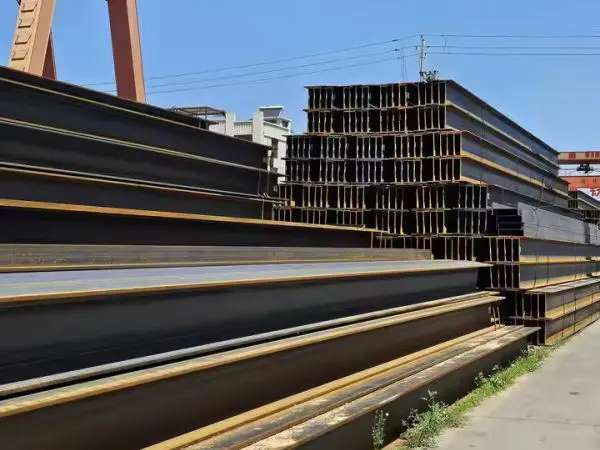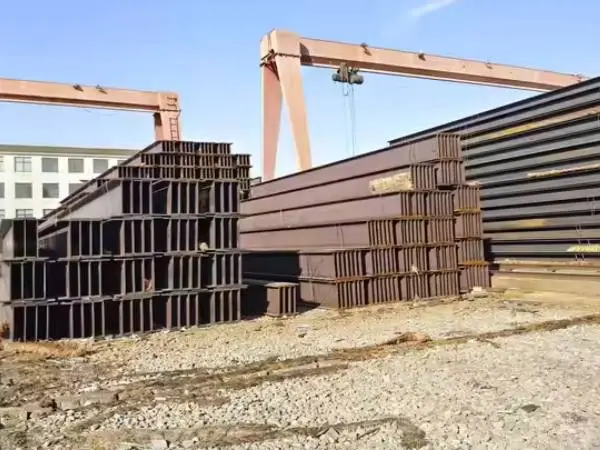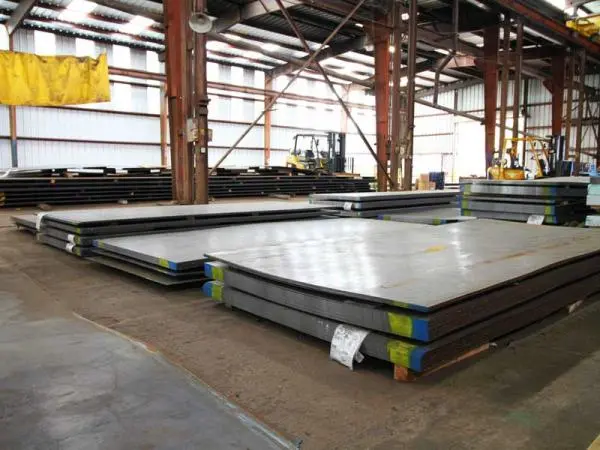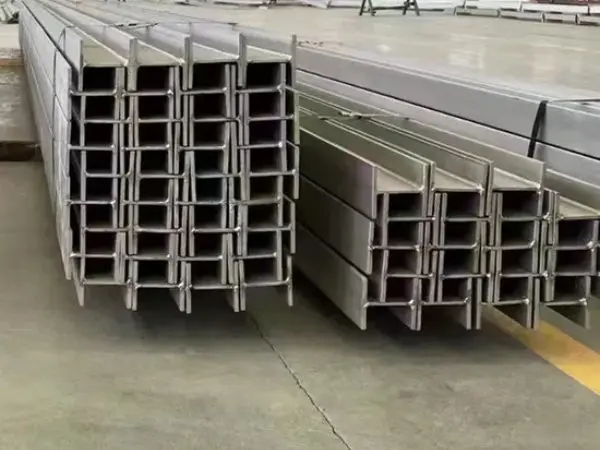- Phone0086 731 8564 8255
- E-mailsales@cscsteel-manufacturing.com
-

Thread inspection procedures for seamless steel pipes are critical to ensure the quality, precision, and proper function of the threads, which play a vital role in connecting pipe segments in various industrial applications such as oil and gas, construction, and chemical industries. The inspection procedures typically involve the following steps.
1. Visual Inspection
The initial step in thread inspection is a visual examination to identify any obvious defects such as burrs, corrosion, deformation, or surface irregularities. Inspectors check for:
Cracks or fractures in the threads.
Surface defects like scratches or dents.
Incomplete or damaged threads.
Burrs or debris left from the threading process.
2. Dimensional Inspection
This step involves measuring the dimensions of the threads to ensure they conform to specified standards. Common dimensions checked include:
Thread pitch: The distance between thread crests.
Thread depth: The vertical distance between the crest and the root of the thread.
Major diameter: The largest diameter of the thread.
Minor diameter: The smallest diameter of the thread.
Pitch diameter: The effective diameter where the thread profile intersects the midpoint between the crest and root.
Tools used for dimensional inspection:
Thread gauges: Used to measure pitch, diameter, and ensure correct thread form.
Calipers: To measure the major and minor diameters.
Micrometers: For precision measurement of thread dimensions.
3. Taper Inspection (for tapered threads)
If the seamless steel pipe uses tapered threads (common in oil and gas industries), the taper angle must be inspected. This is done to ensure the correct fit between the pipe and fittings. The inspector measures the taper using a taper gauge or a thread taper plug gauge.
4. Thread Lead and Angle Inspection
Thread lead refers to the axial distance the thread advances in one full revolution. The thread angle is the angle formed by the sides of the thread. A lead error or incorrect thread angle can result in improper fitting or leakage.
Lead gauges: Used to measure the accuracy of the lead.
Optical comparators: To inspect the thread angle and profile.
5. Thread Form and Profile Inspection
Using optical inspection tools or profile projectors, inspectors check that the thread form conforms to the required standards (e.g., V-threads, trapezoidal, etc.). This includes:
Checking that the thread crests and roots are properly formed.
Ensuring there are no inconsistencies in the thread geometry.
6. Thread Length and Engagement Inspection
Inspectors measure the length of the threaded section and verify that it meets the specified engagement length. The engagement length is crucial to ensure a secure fit and proper load distribution.
7. Functional Testing (Fit Testing)
A practical test is performed using a go/no-go gauge or a mating component to verify the thread’s functionality. This ensures the thread properly engages with the corresponding part:
Go gauge: Should fit into the threaded section easily.
No-go gauge: Should not fit or should only partially enter the threads.
8. Non-Destructive Testing (NDT)
Depending on the application and criticality of the pipe, NDT techniques may be used to inspect the integrity of the threads. These methods help detect internal defects that may not be visible to the naked eye:
Magnetic particle inspection (MPI) or dye penetrant inspection (DPI) to detect surface cracks.
Ultrasonic testing (UT) for detecting sub-surface defects in high-stress applications.
9. Thread Surface Finish Inspection
The smoothness or roughness of the thread surface is inspected using surface roughness testers. A poor surface finish can lead to improper sealing, thread galling, or early wear. The surface roughness is typically measured in microns or micro-inches, depending on the required standard.
10. Documentation and Reporting
After completing the inspection, the results are documented, including any deviations from the required standards. This report provides information on:
Pass/fail status of the thread inspection.
Measurements of critical dimensions.
Observations of defects or non-conformance.
Common Standards for Thread Inspection
Thread inspection of seamless steel pipes is usually performed in accordance with recognized standards such as:
API 5B for threads in oil and gas piping.
ASME B1.20.1 for general pipe threads.
ISO 9001 for quality management systems that involve the inspection of threaded connections.
Ensuring proper thread inspection helps maintain the reliability and performance of seamless steel pipes in various industrial applications, preventing failures, leaks, or operational inefficiencies.




